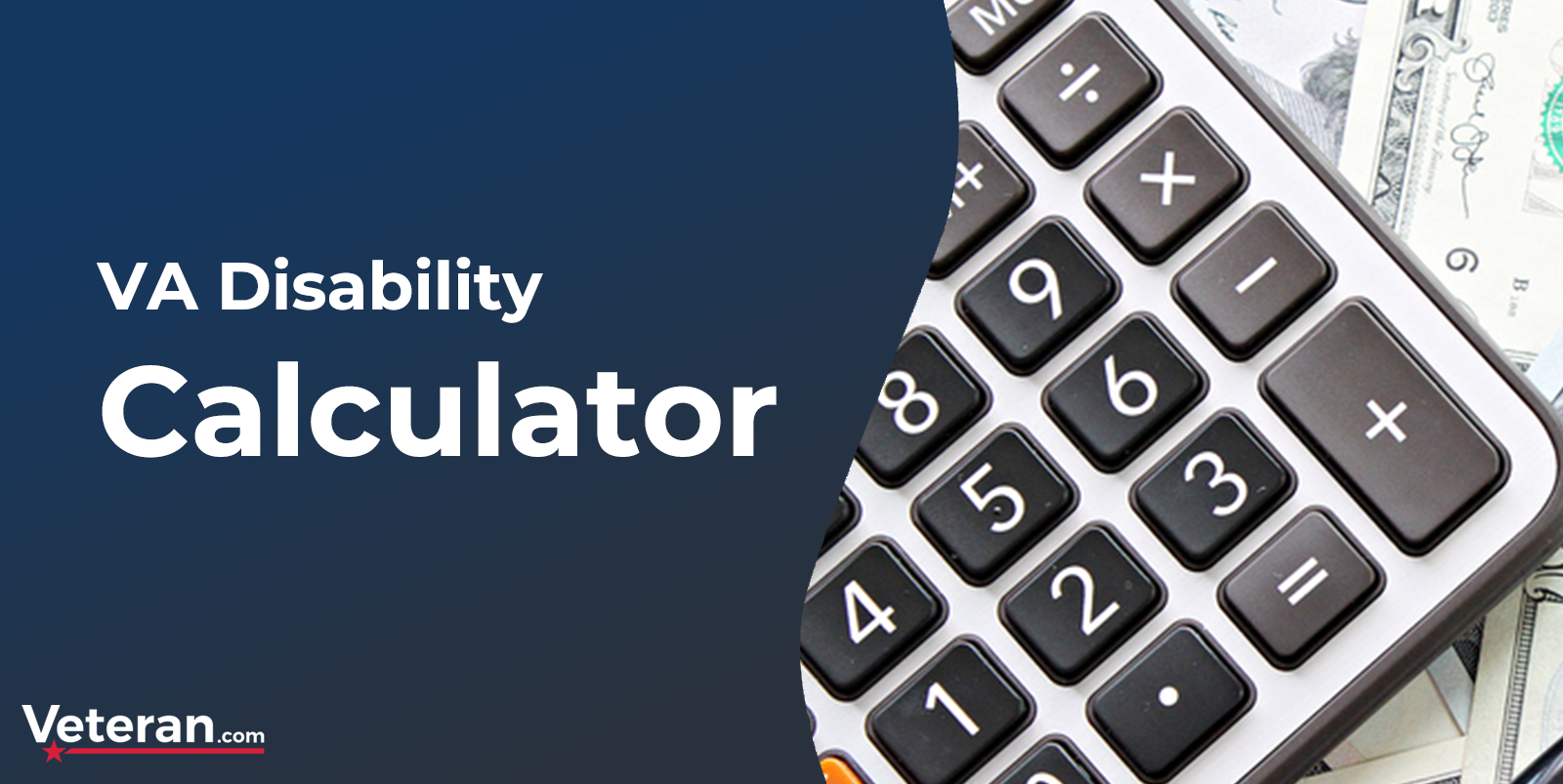VA Residual Income Charts and Guidelines
Updated: May 23, 2023
When you apply for a VA home loan, your lender will analyze your personal financial situation to determine if you’re a good candidate for a loan.
Your FICO credit score and credit report contain important information, but those are not the only areas lenders examine. Lenders also consider your residual income.
Residual income is the amount of money that remains after all monthly debt obligations have been paid. These obligations include your mortgage, car payments, student loans and credit card bills. Once you have made these payments, your residual income is available for personal expenses, such as groceries, clothing and entertainment.
The VA might also refer to your residual income as your “balance available for family support.”
The VA Residual Income Charts – A Breakdown
Here are the residual income charts for VA loans under $80,000 and VA loans over $80,000. We’ve further broken each chart down by family size and location.
VA Residual Income Charts
| Table of Residual Incomes by Region for Loan Amounts of $79,999 and Below | ||||
|---|---|---|---|---|
| Family Size | Northeast | Midwest | South | West |
| 1 | $390 | $382 | $382 | $425 |
| 2 | $654 | $641 | $641 | $713 |
| 3 | $788 | $772 | $772 | $859 |
| 4 | $888 | $868 | $868 | $967 |
| 5 | $921 | $902 | $902 | $1,004 |
| over 5 | Add $75 for each additional member up to a family of seven. | |||
| Table of Residual Incomes by Region for Loan Amounts of $80,000 and Above | ||||
| Family Size | Northeast | Midwest | South | West |
| 1 | $450 | $441 | $441 | $491 |
| 2 | $755 | $738 | $738 | $823 |
| 3 | $909 | $889 | $889 | $990 |
| 4 | $1,025 | $1,003 | $1,003 | $1,117 |
| 5 | $1,062 | $1,039 | $1,039 | $1,158 |
| over 5 | Add $80 for each additional member up to a family of seven. | |||
VA Residual Income Regions
| Geographic Regions | States |
|---|---|
| Northeast | Connecticut, Maine, Massachusetts, New Hampshire, New Jersey, New York, Pennsylvania, Rhode Island, Vermont |
| Midwest | Illinois, Indiana, Iowa, Kansas, Michigan, Minnesota, Missouri, Nebraska, North Dakota, Ohio, South Dakota, Wisconsin |
| South | Alabama, Arkansas, Delaware, Florida, Georgia, Kentucky, Louisiana, Maryland, Mississippi, North Carolina, Oklahoma, Puerto Rico, South Carolina, Tennessee, Texas, Virginia, Washington DC, West Virginia |
| West | Alaska, Arizona, California, Colorado, Hawaii, Idaho, Montana, Nevada, New Mexico, Oregon, Utah, Washington, Wyoming |
How Residual Income Is Reviewed For Home Loan Approval
While inadequate residual income may be reason enough to deny a VA mortgage under certain circumstances, it’s not the make-or-break determining factor, according to the VA’s lender handbook, VA Pamphlet 26-7.
The handbook instructs VA lenders to review your residual income “in conjunction with all other credit factors” and financial qualifications to determine your loan eligibility.
If a lender determines a borrower’s residual income is marginal, it must also reference the borrower’s credit history and past payment history on similar housing expenses.
Can You Use Grossed Up Income For VA Residual Income?
The VA provides an option for mortgage lenders to increase a borrower’s income by “grossing up,” effectively adjusting non-taxable income upward. This can help VA borrowers who receive tax-free income qualify for a higher loan amount.
However, VA lenders are not allowed to gross up non-taxable income when determining your residual income. The VA wants to make sure you have enough discretionary income at the end of the month to handle any unexpected financial difficulties.
How to Calculate VA Residual Income
To calculate your VA residual income, follow these steps:
- Determine your gross monthly income. This will be your pre-tax income from all sources, such as salary, wages, commissions and any other regular sources of income.
- Subtract your monthly expenses. These include credit card payments, car loans, student loans, and other monthly debts. Exclude utilities, food, and other variable expenses.
- Subtract your anticipated VA mortgage payment. Make sure to count property taxes, homeowner’s insurance and any other housing-related expenses.
- Calculate your residual income. Once you’ve subtracted your monthly expenses and mortgage payment from your gross monthly income, the amount remaining will be your residual income.
VA Loan Debt-To-Income Ratio Versus Residual Income
Another underwriting factor VA lenders consider is your debt-to-income ratio (DTI).
While the VA’s residual income calculation measures what you have left after making essential payments each month, the debt-to-income ratio is a percentage that represents how deeply your debts cut into your monthly income.
If you have a 50% debt-to-income ratio, that means monthly debt eats up half of your paychecks.
The VA’s DTI calculation compares your gross monthly income to your total monthly debt payments, including housing expenses, installment debts and other obligations, listed in Section D of VA Form 26-6393.
VA lenders may scrutinize loan applications from borrowers with debt-to-income ratios greater than 41%.
However, a high DTI will not automatically trigger loan approval or rejection. Instead, lenders consider this ratio in conjunction with all other credit factors, including the size of your loan, your family size and where you plan to live.
To a VA lender, your DTI is secondary to your residual income. So if your DTI is higher than 41% but your residual income exceeds the VA’s guidelines by at least 20%, you may still qualify for a VA loan.
If your DTI is higher than 41% because of tax-free income, a VA lender can note that in your loan file. The underwriter’s supervisor may approve such loan applications with justification, according to the VA.
What Happens If Your Residual Income or DTI Does Not Meet Requirements?
When borrowers have low residual income or high debt rations, some compensating factors may still help the applicant get a mortgage, according to the VA.
These factors include:
- Excellent credit history
- Conservative credit use
- Minimal consumer debt
- Long-term employment
- Significant liquid assets
- Sizable down payment
- Equity exists in refinancing loans
- Little or no increase in shelter expenses
- Military benefits
- Satisfactory homeownership experience
- Low DTI ratio
- Tax credits for childcare
- Tax benefits of homeownership.
However, these compensating factors will not offset unsatisfactory credit.
While shopping for a loan, remember that lender requirements and VA loan minimums are not always the same.
Reach out to your loan officer to discuss your lender’s guidelines.
Most Popular VA Loans and Mortgages Articles

VA Home Loan Guide

VA Loan Calculator

How to Refinance a VA Loan

VA Loan Certificate of Eligibility (COE)

2024 VA Loan Limits by County

Best VA Loan Lenders
































































